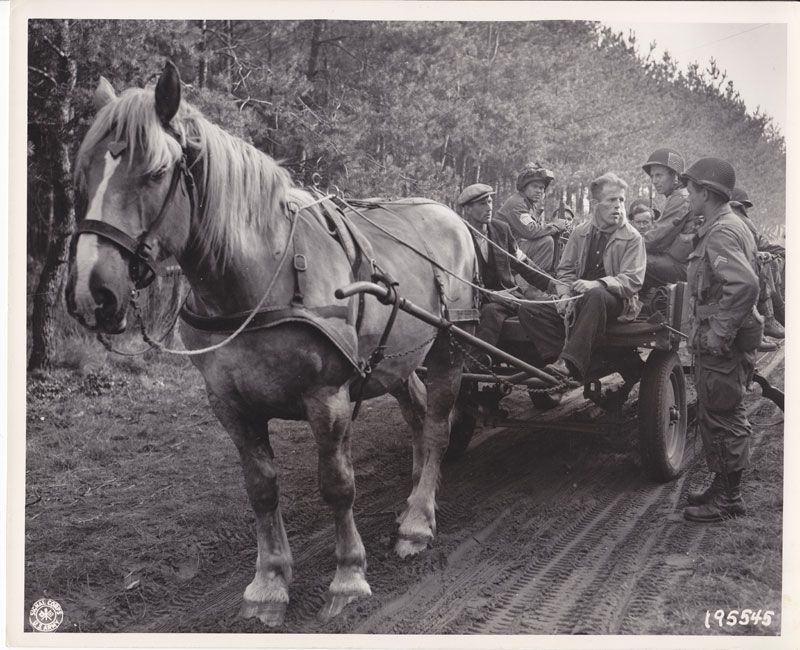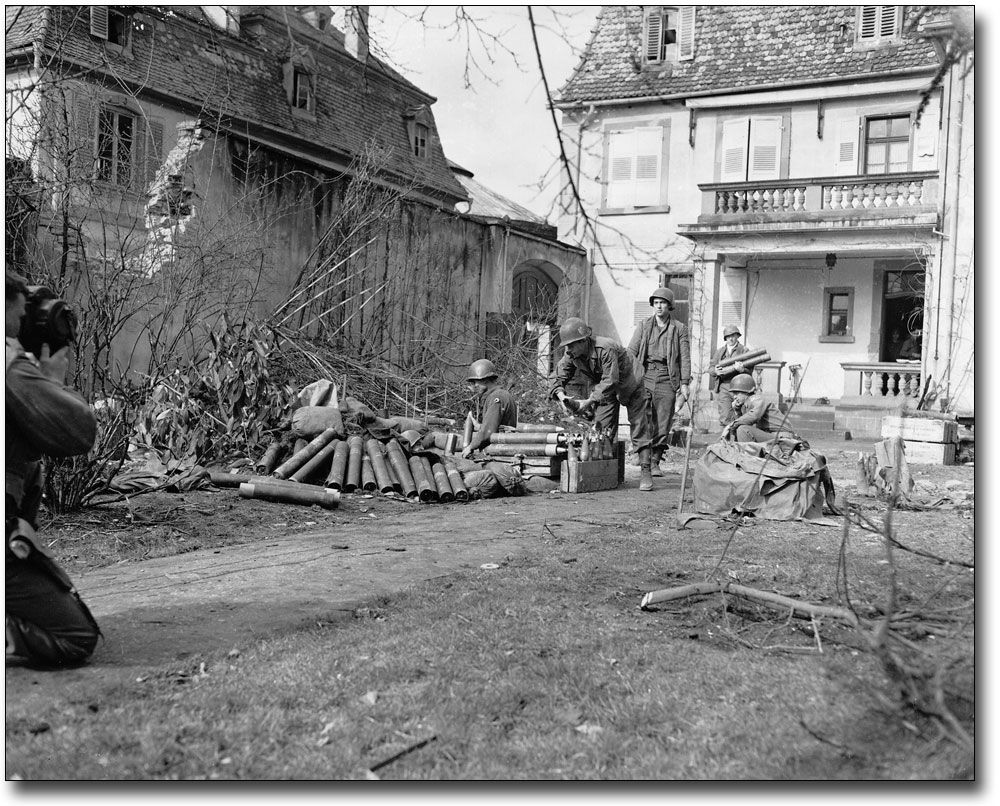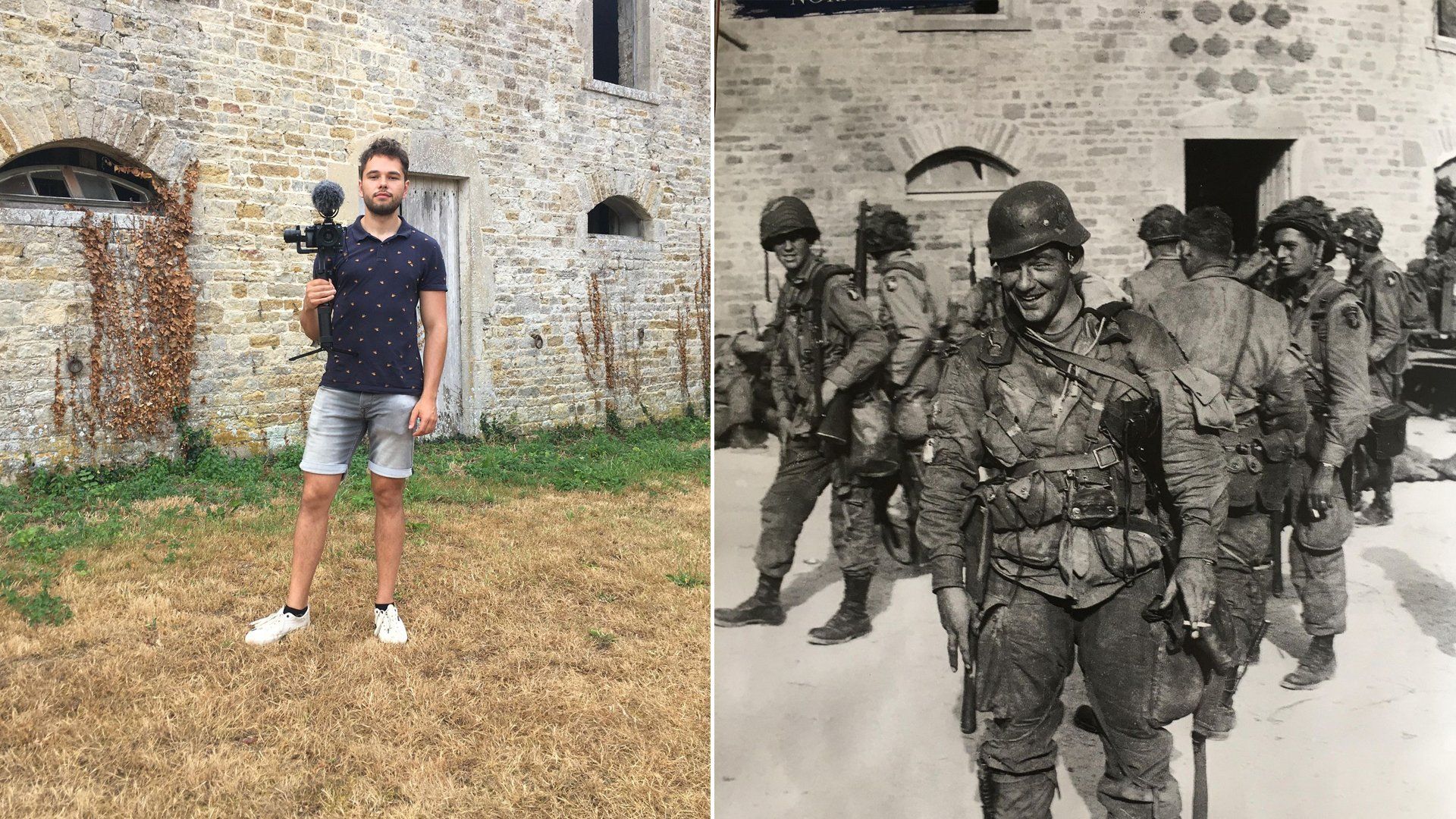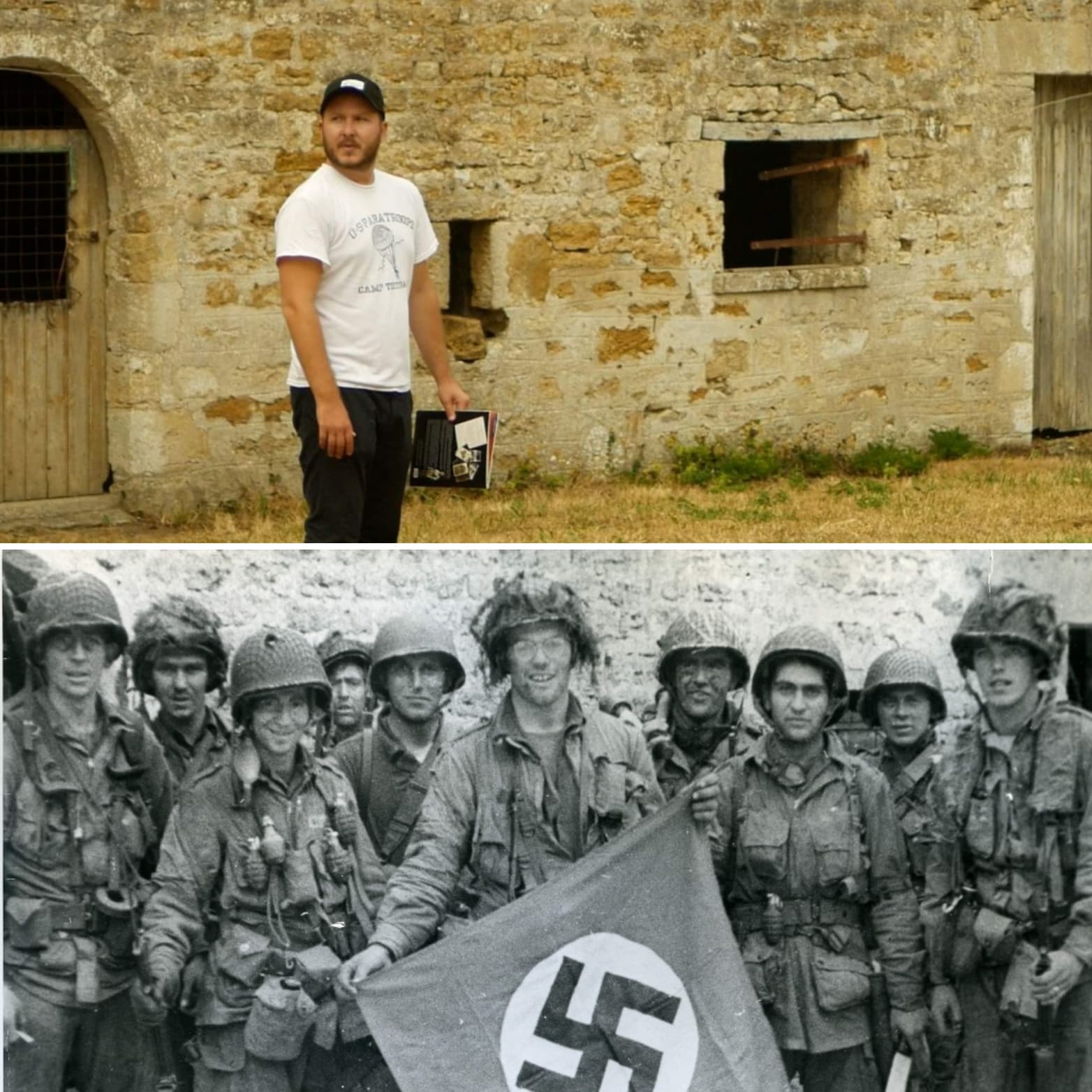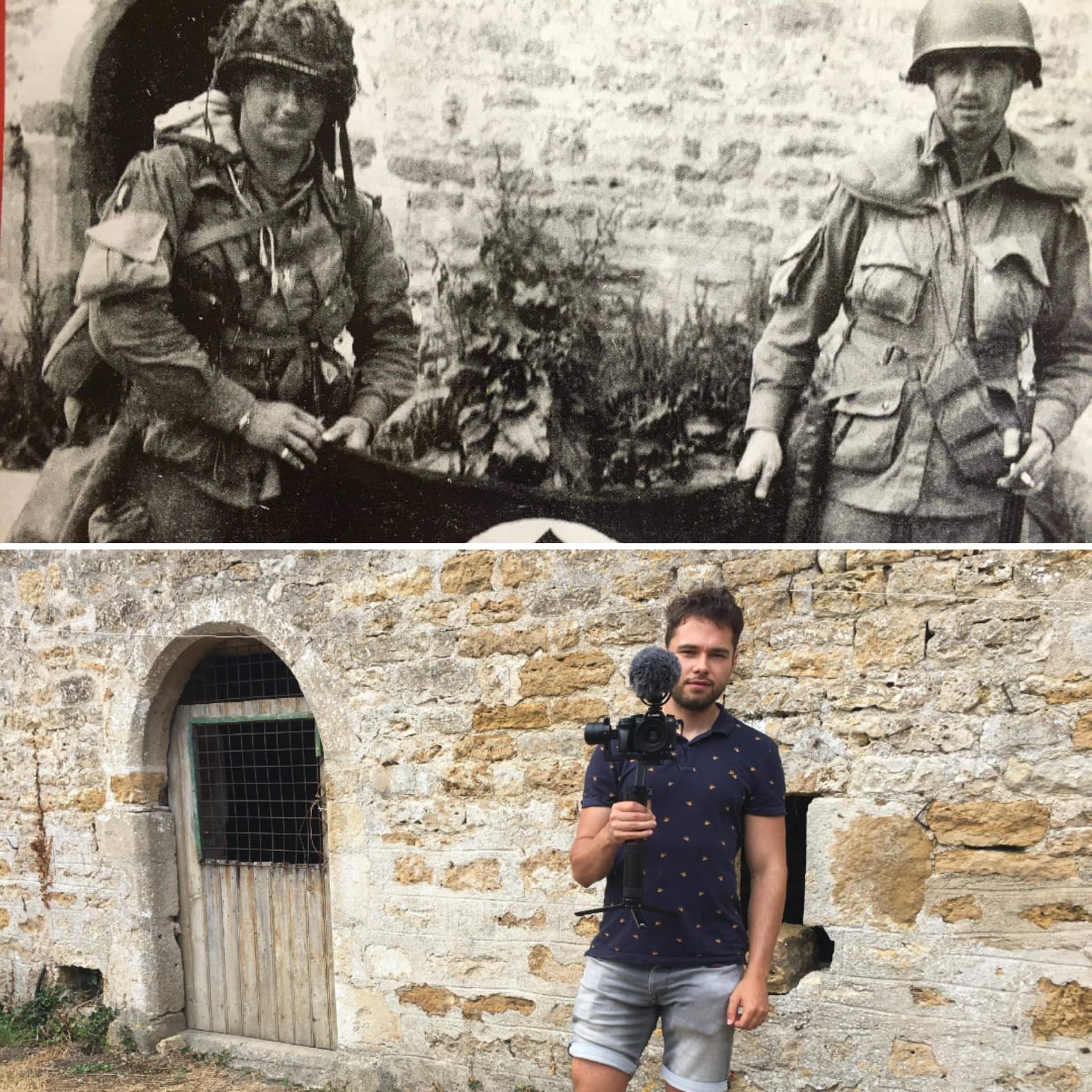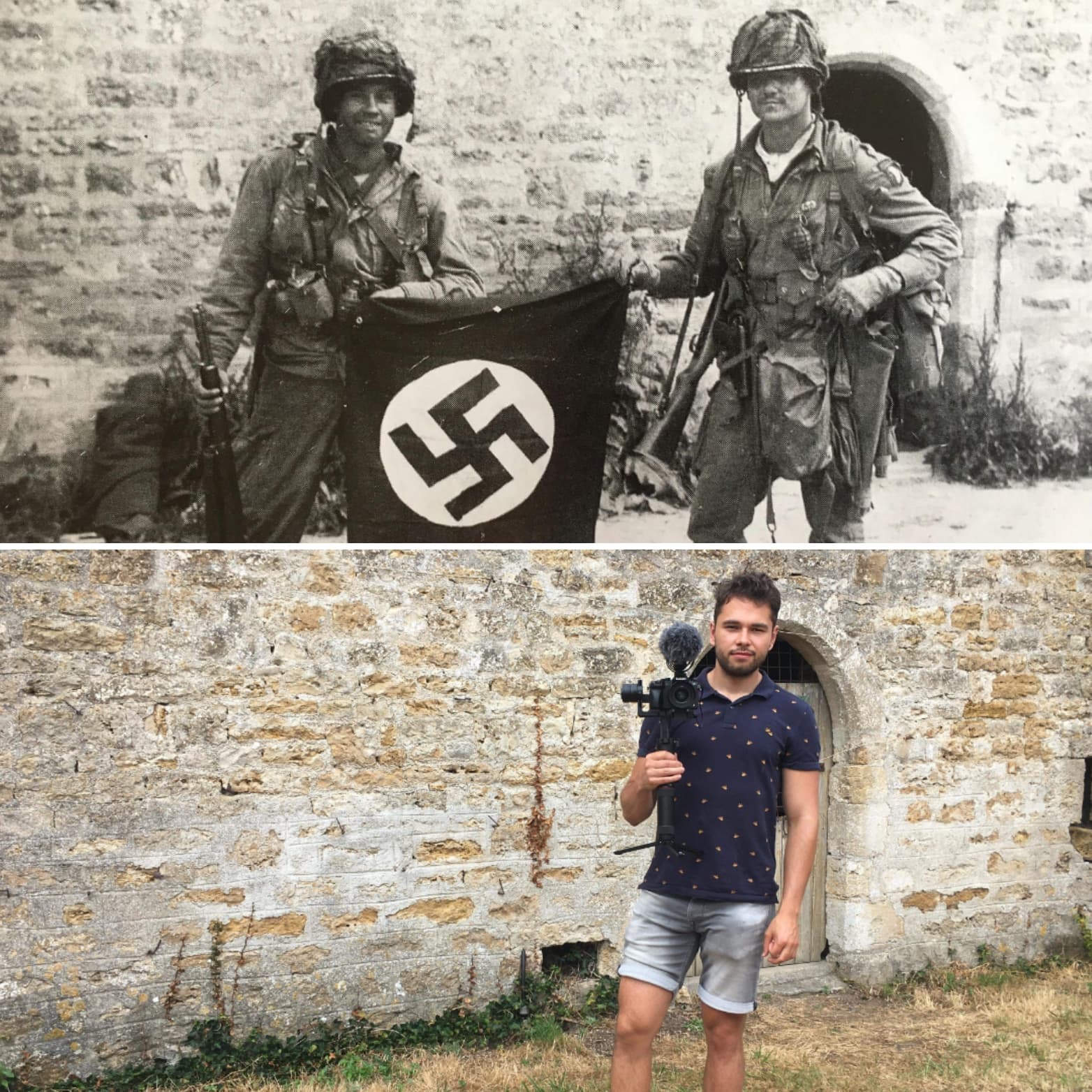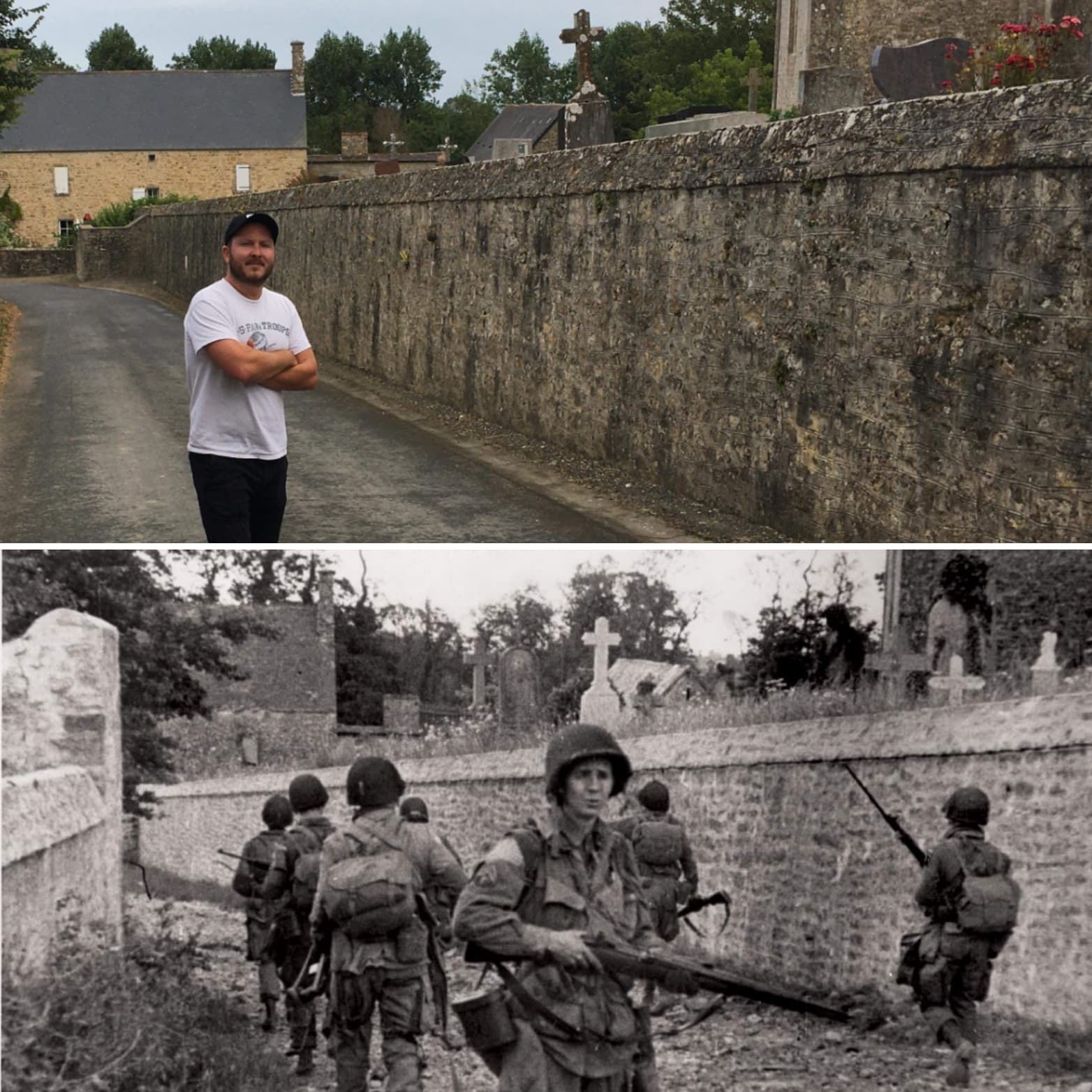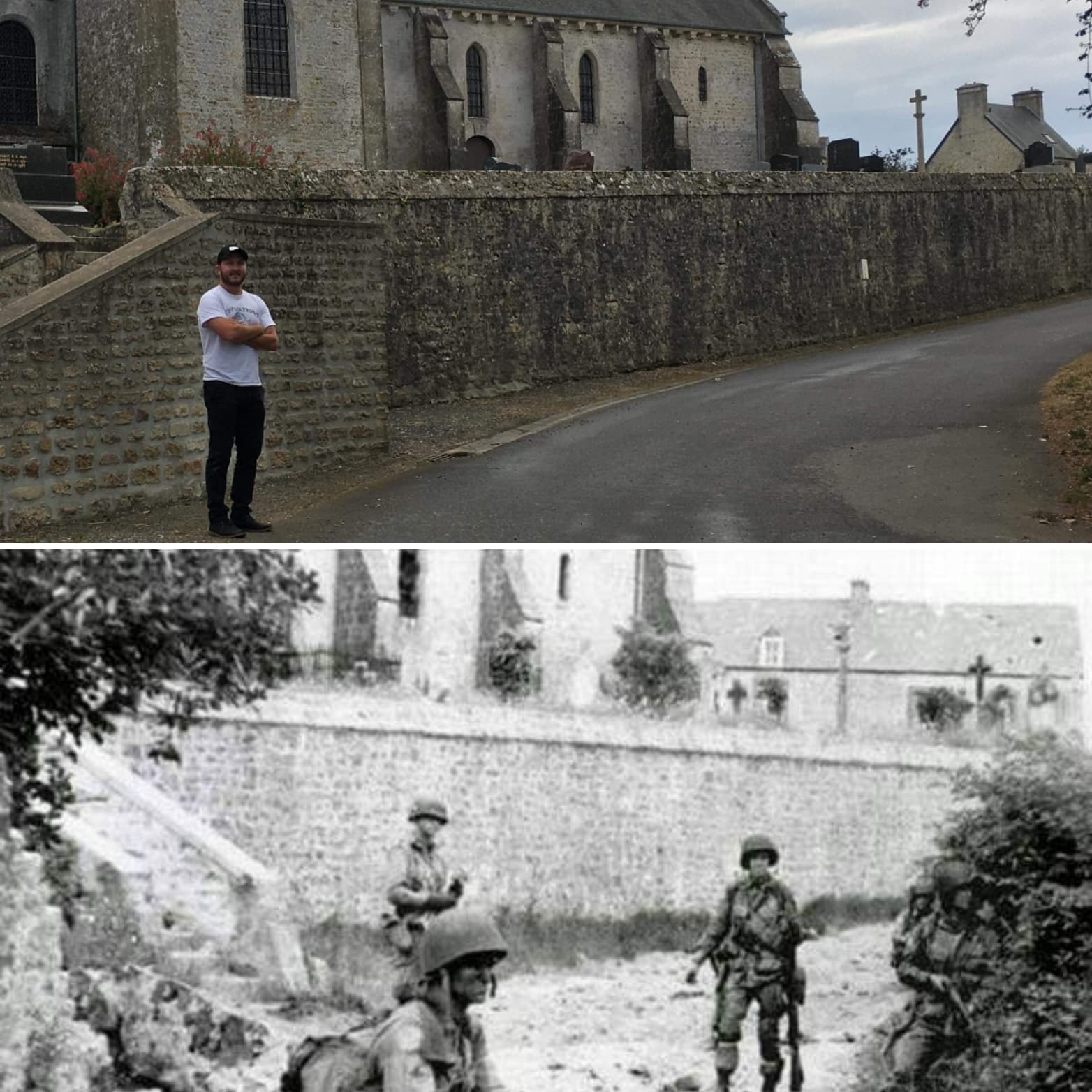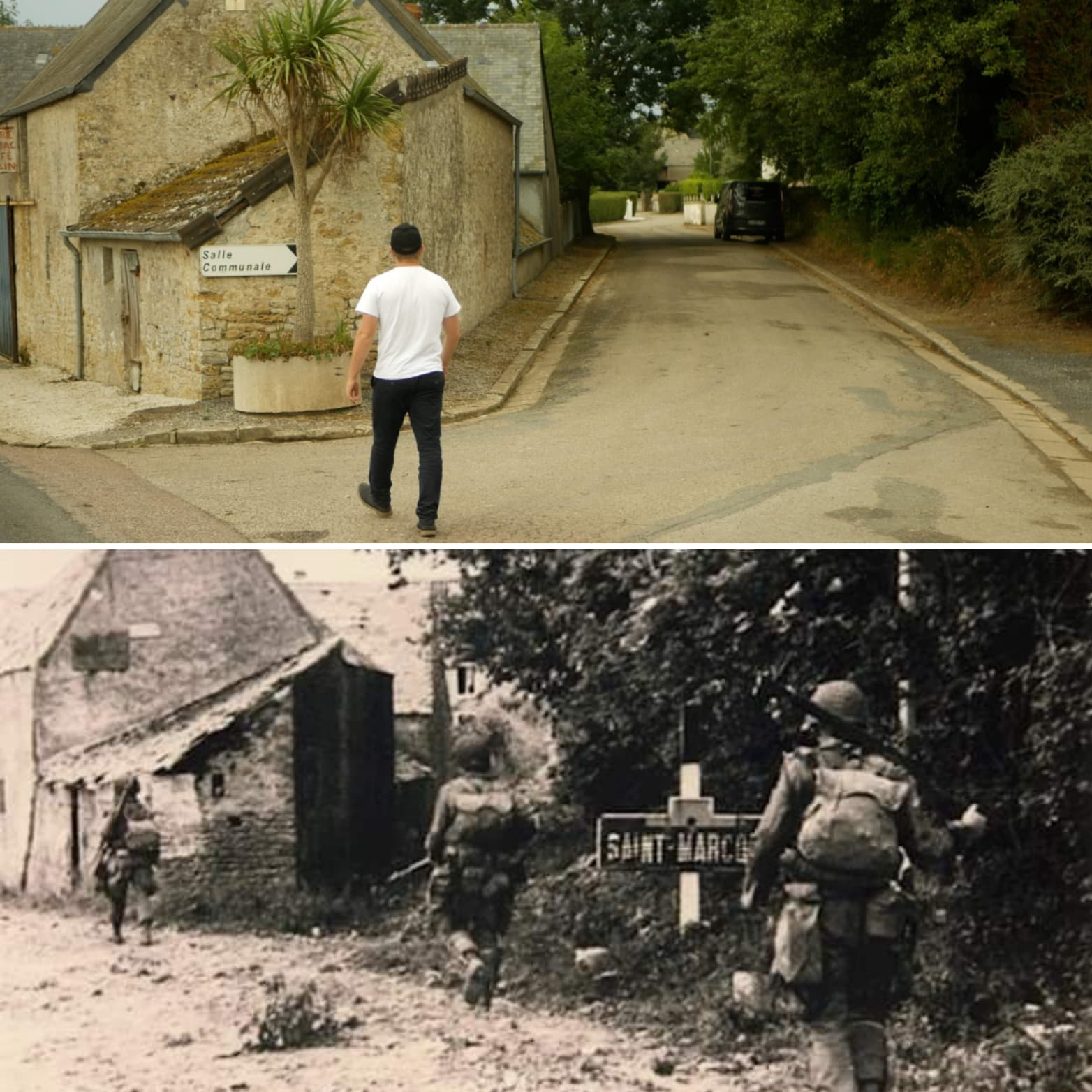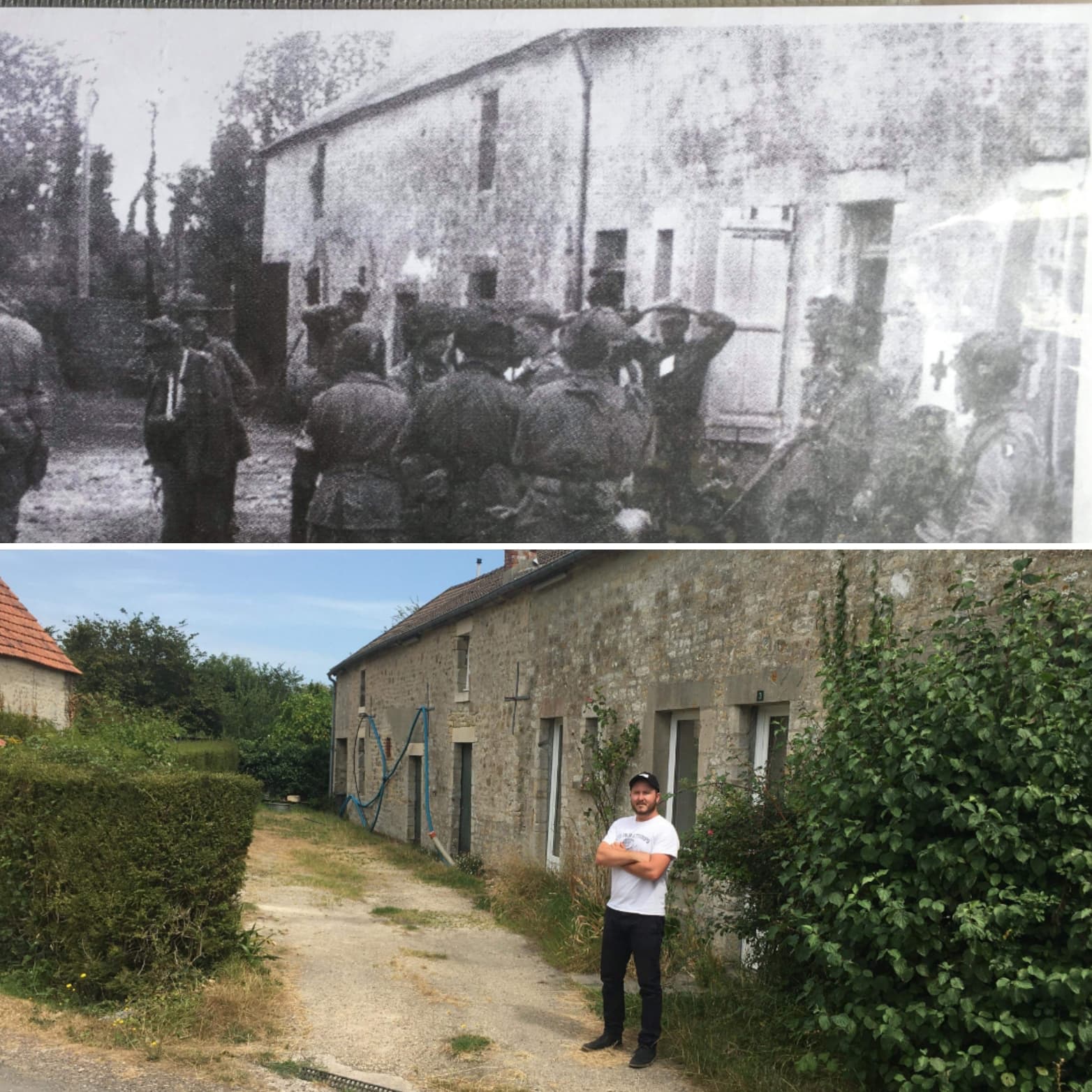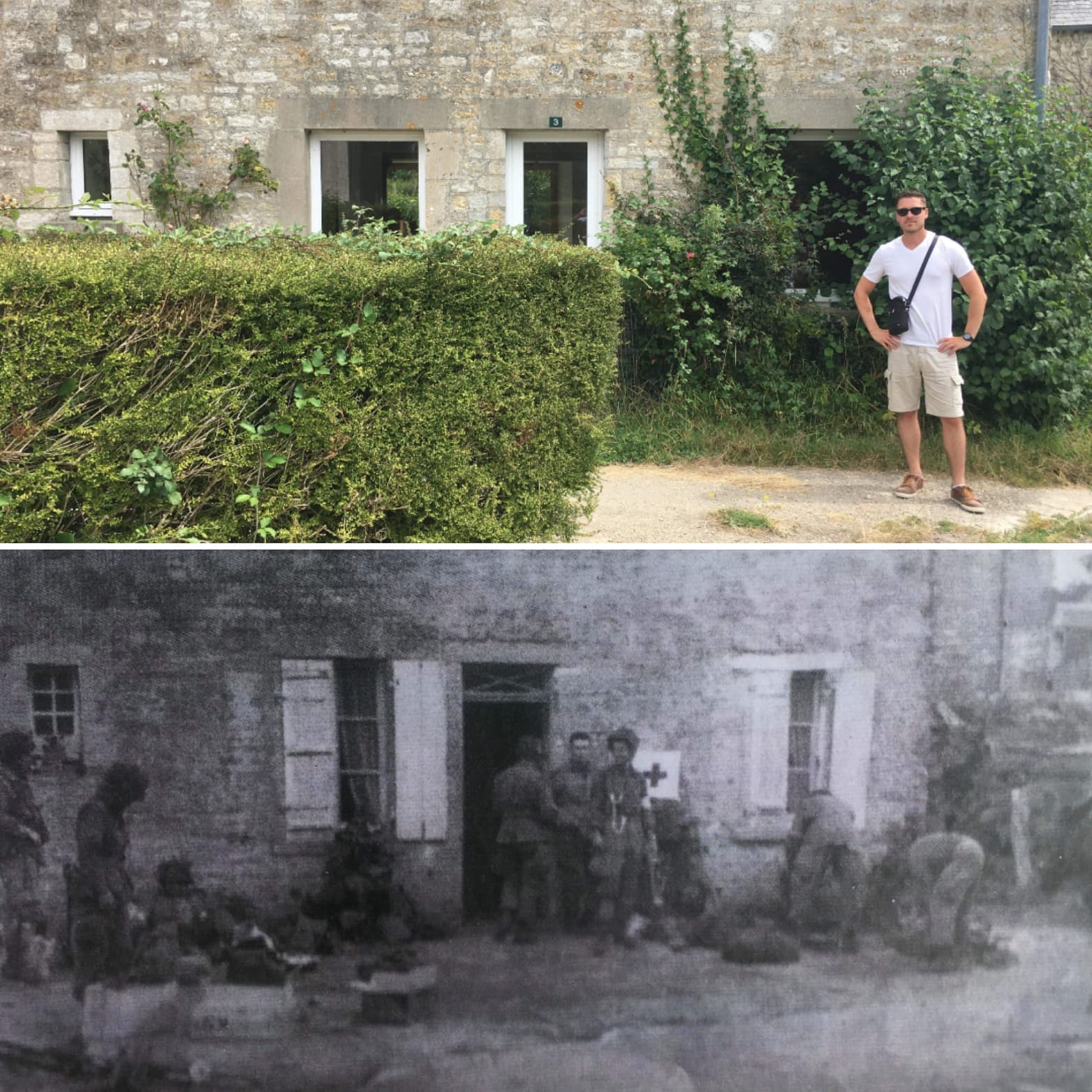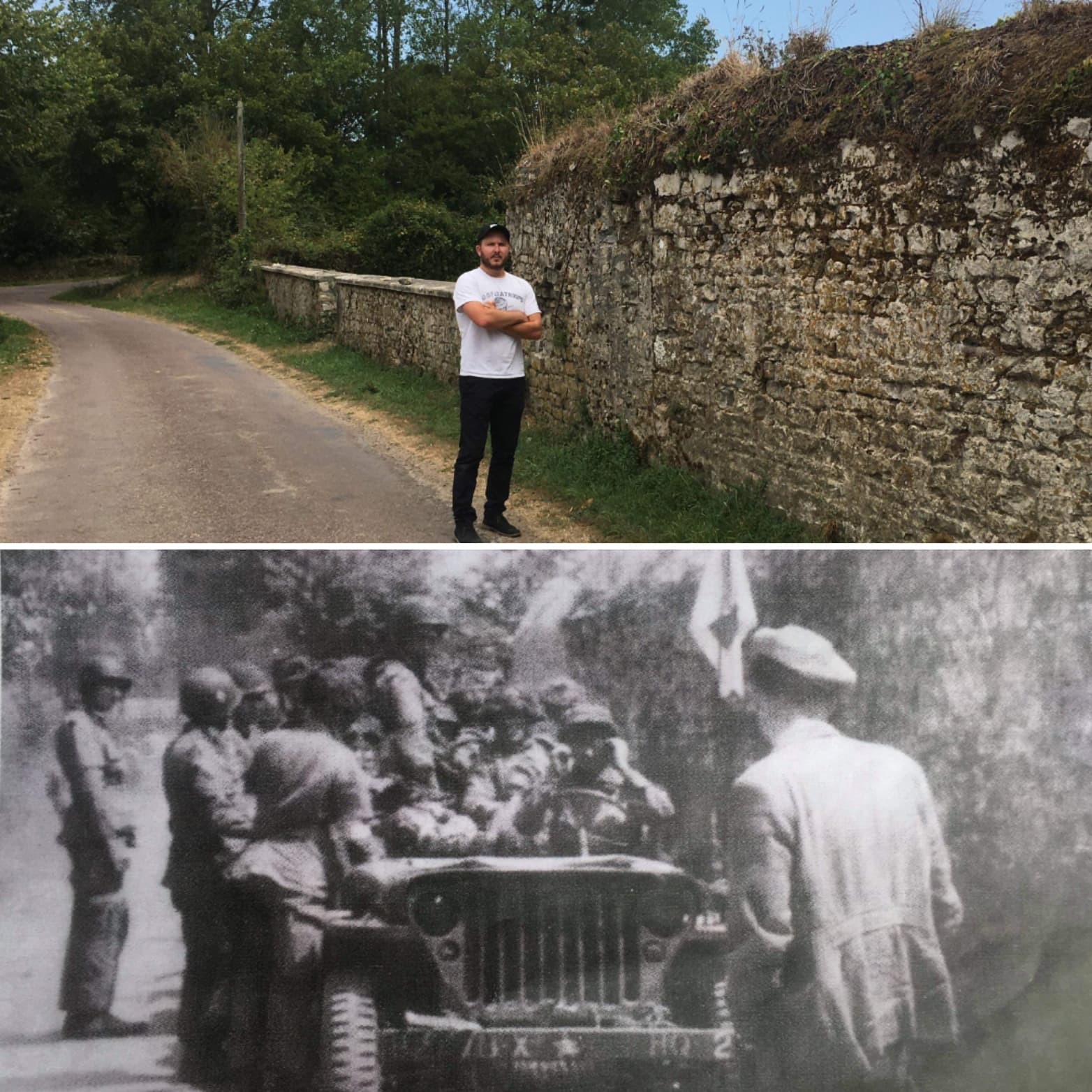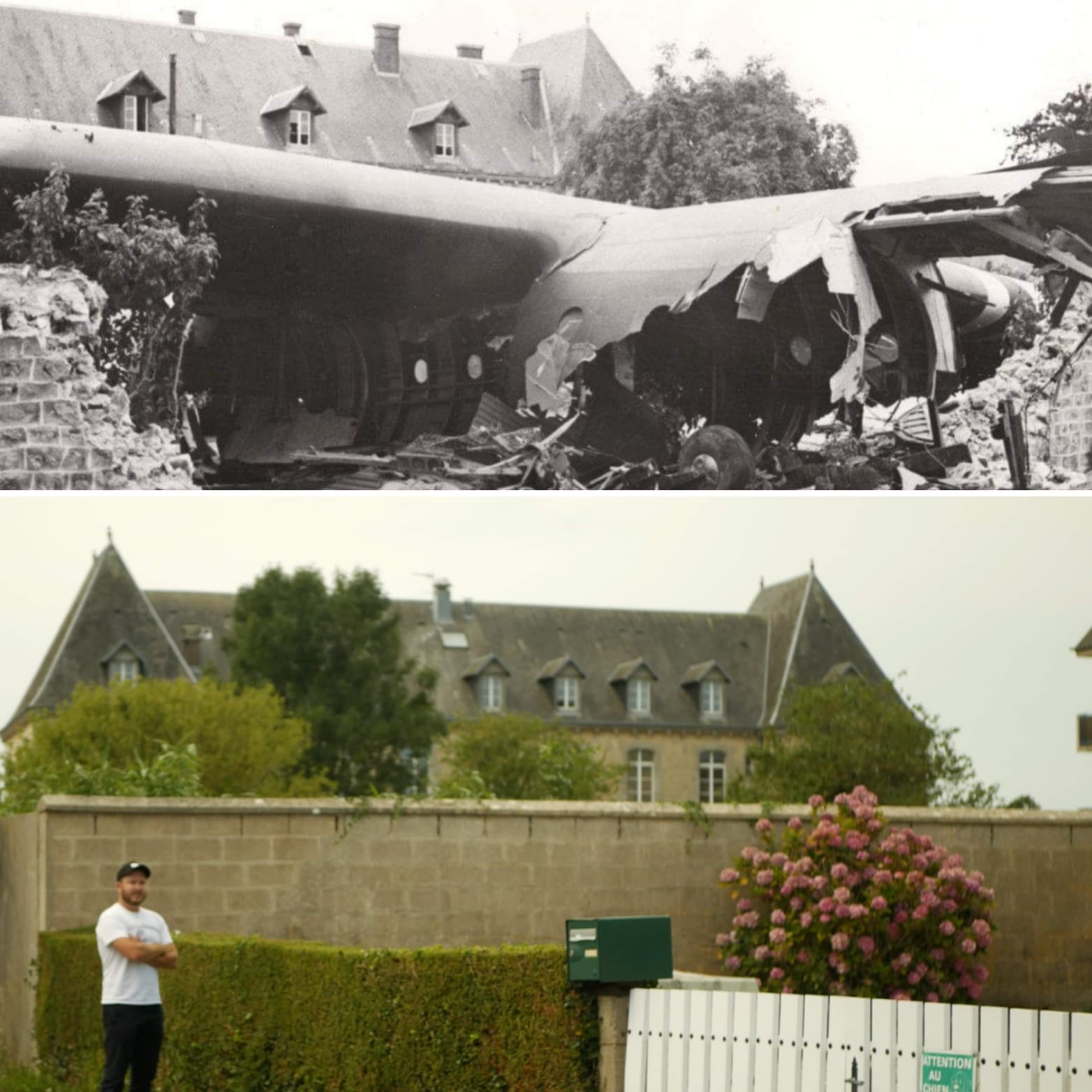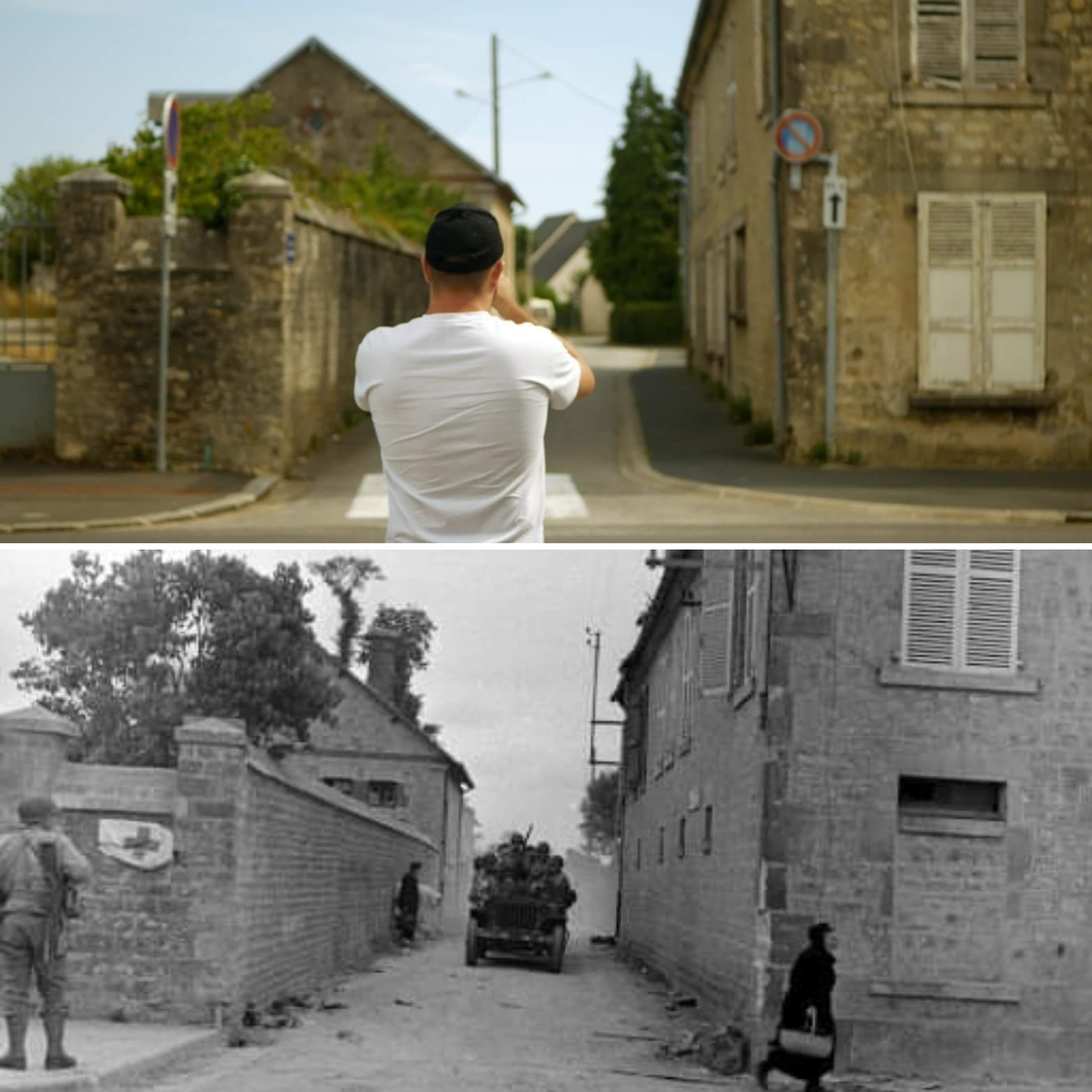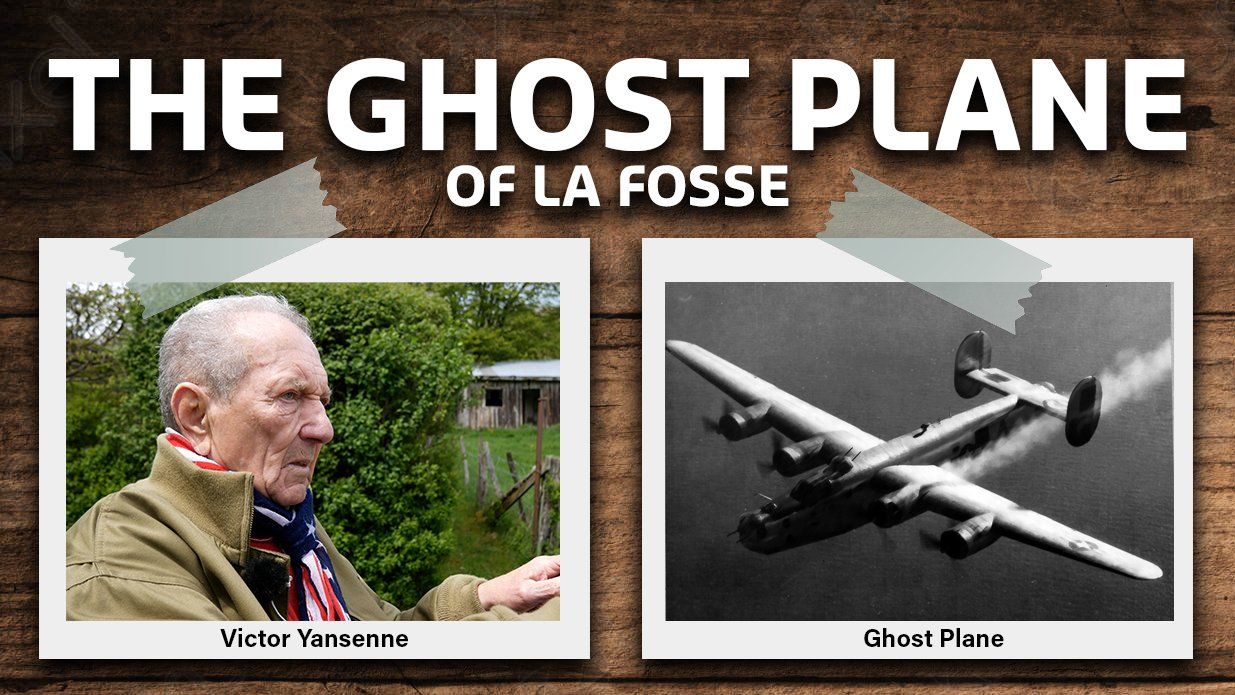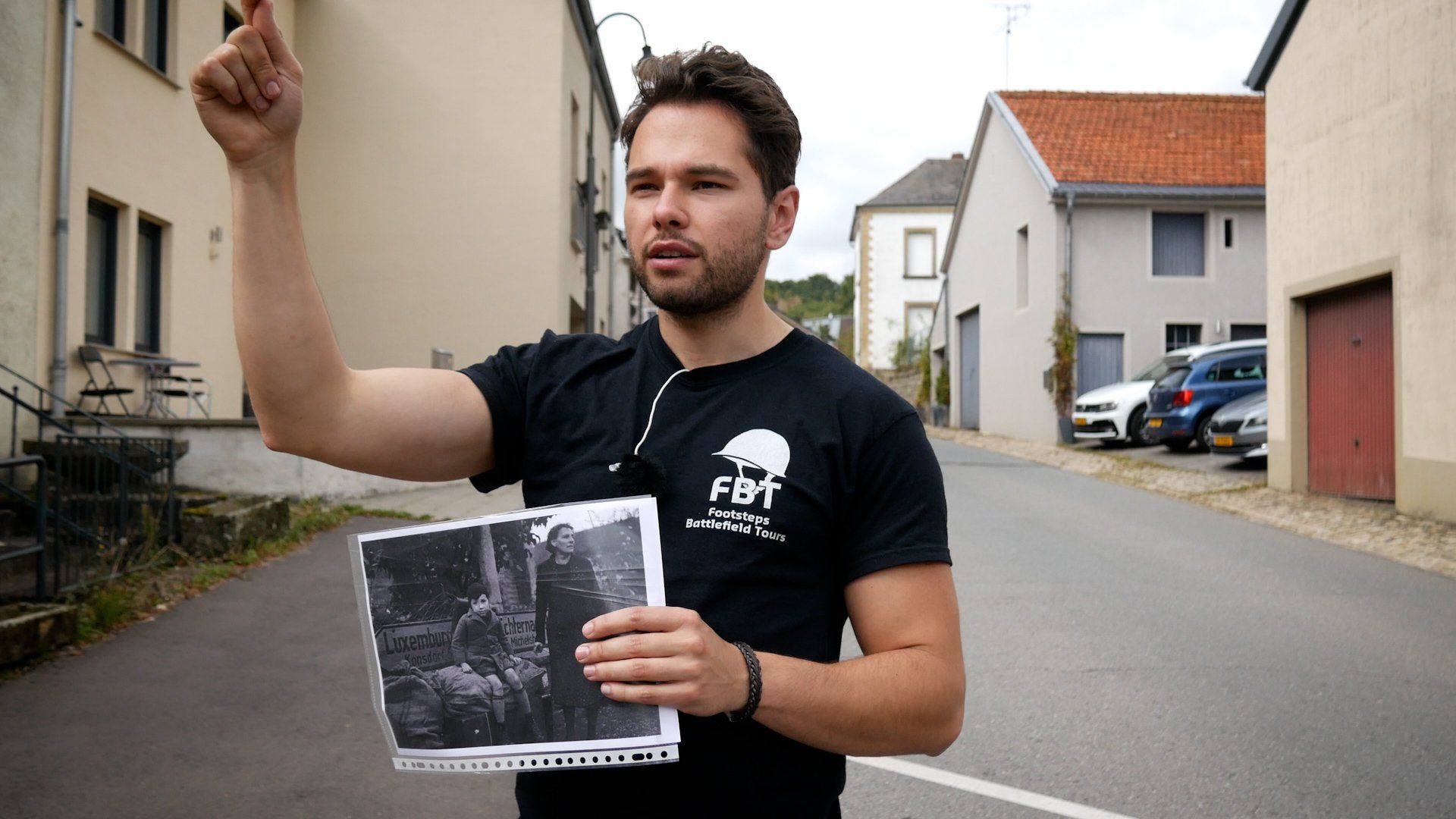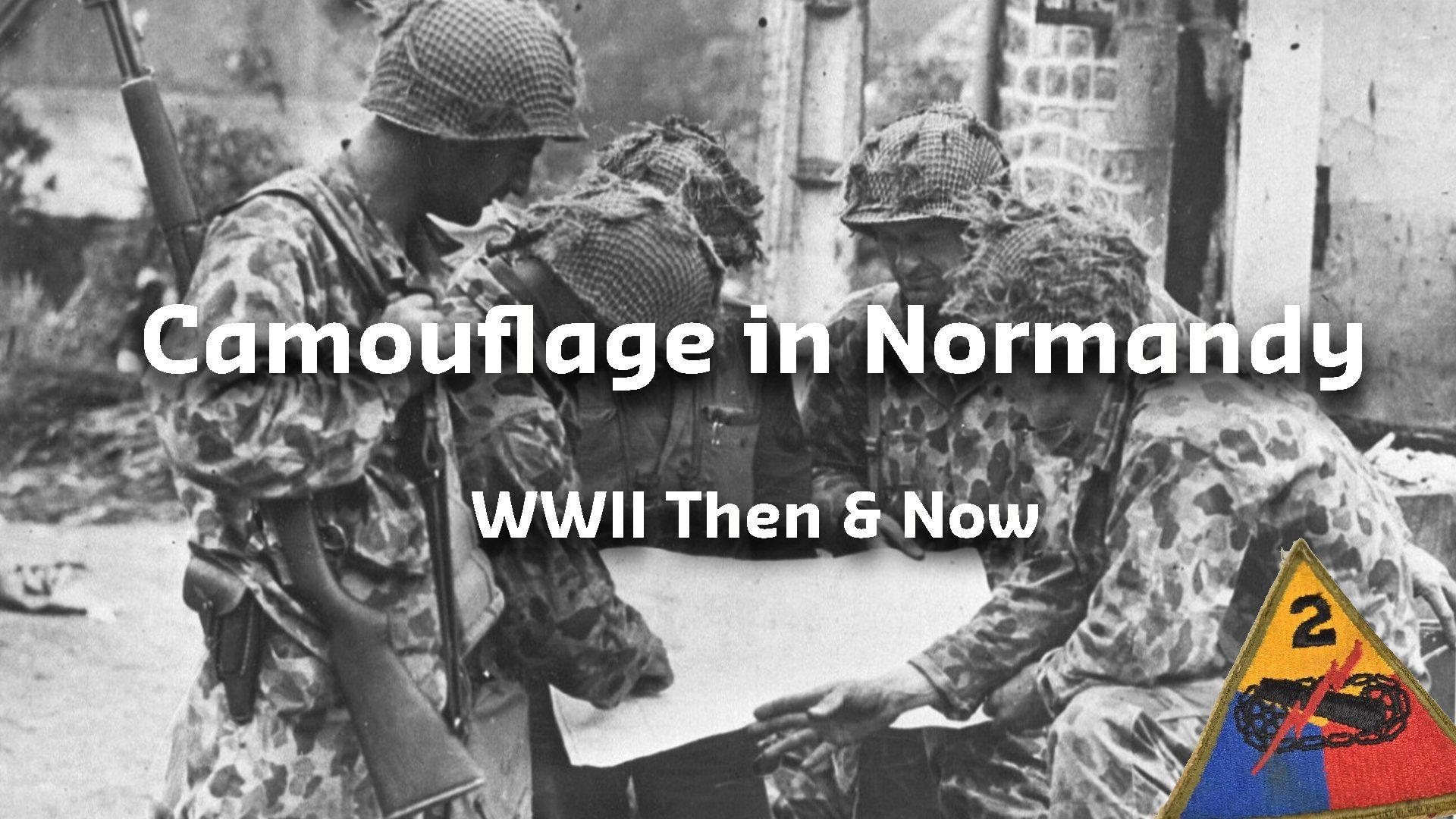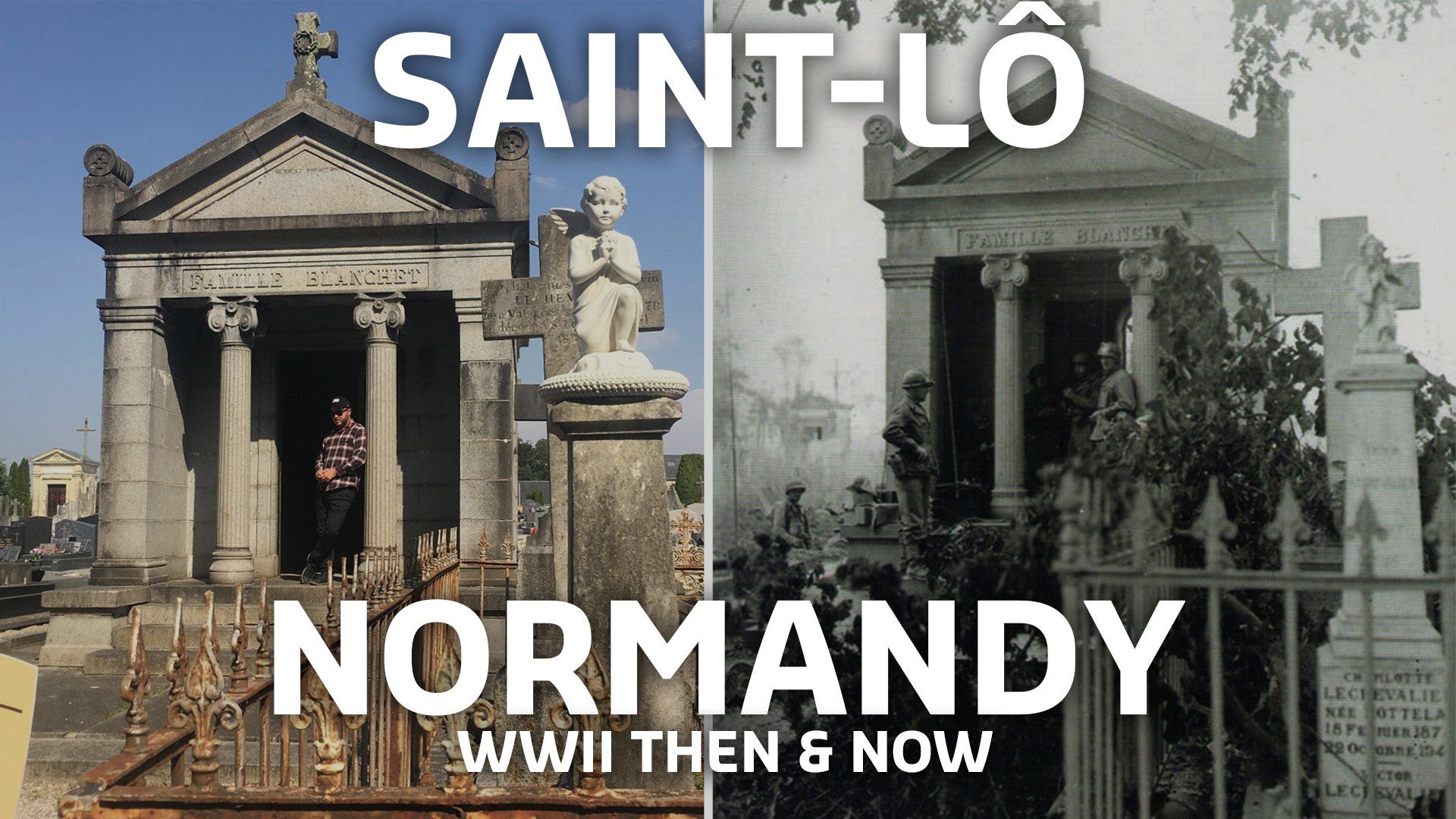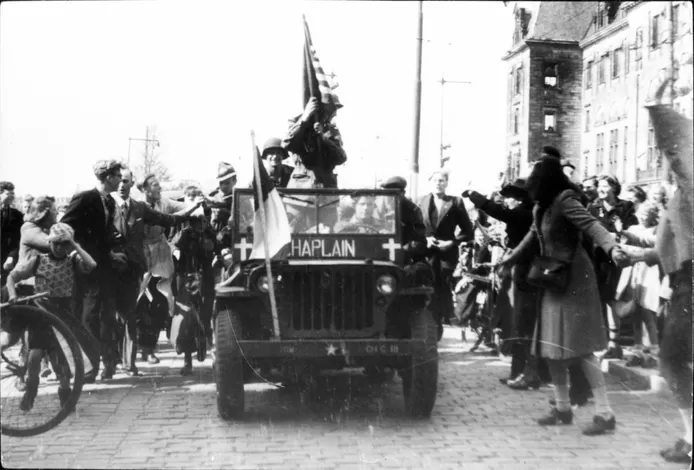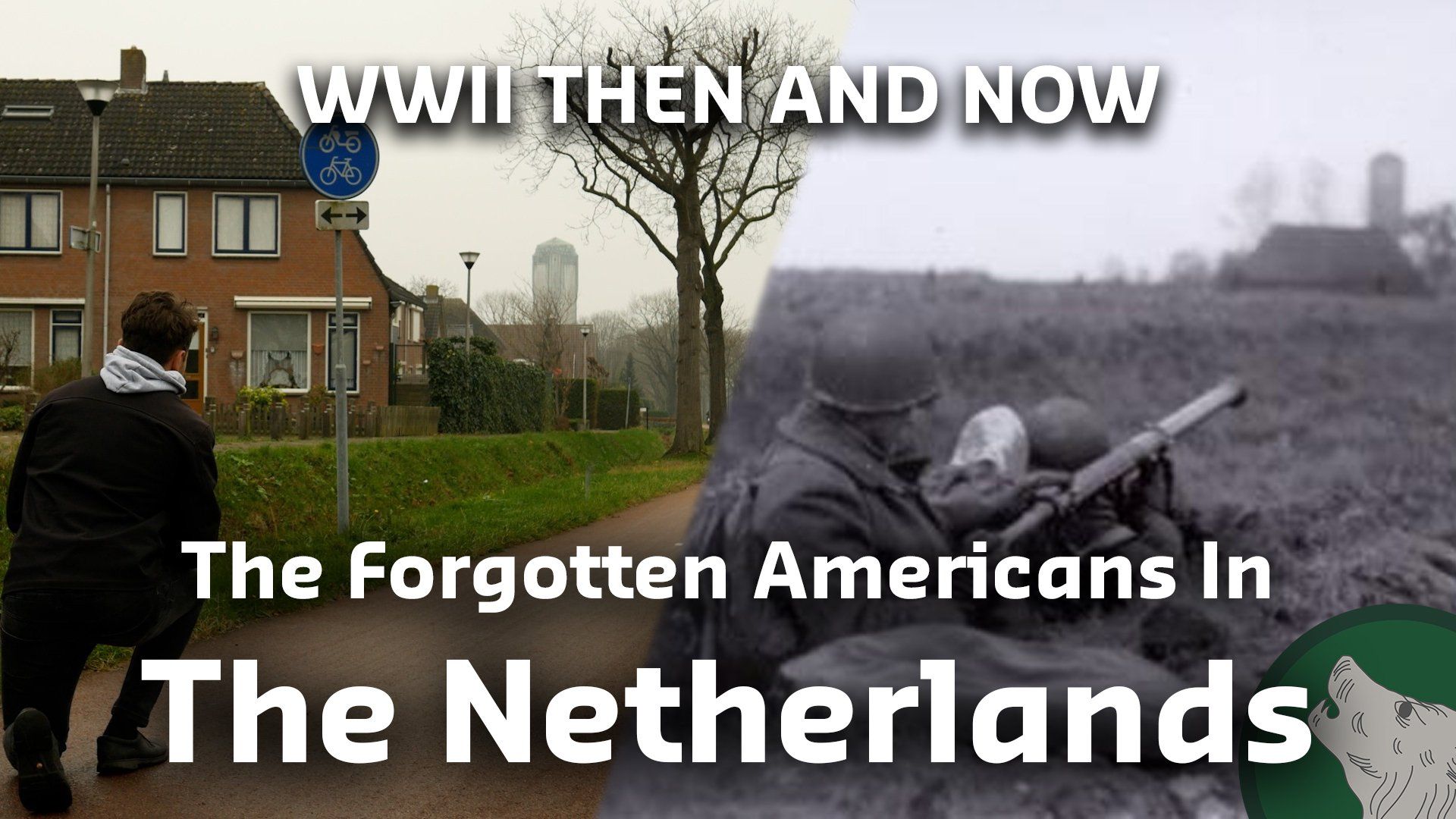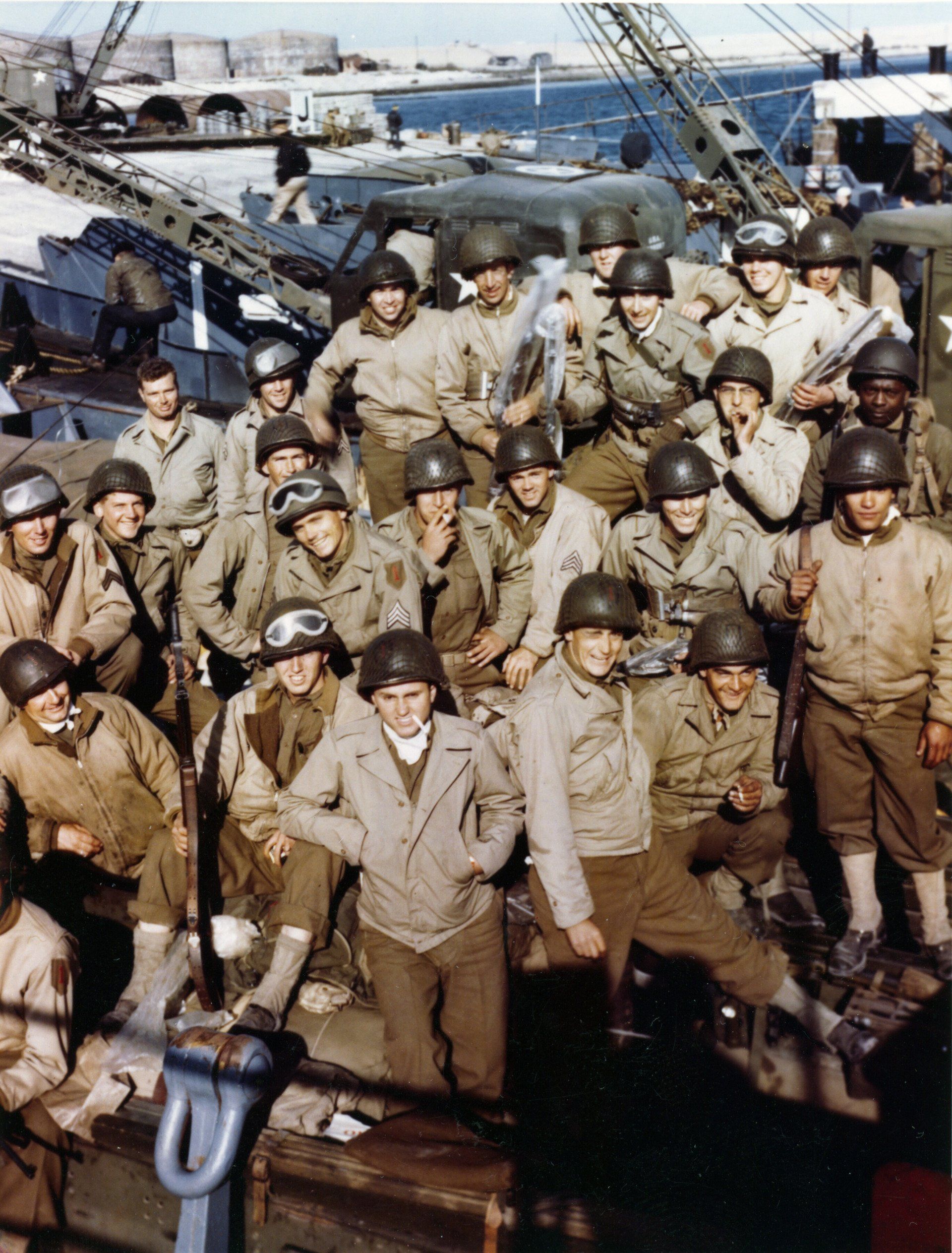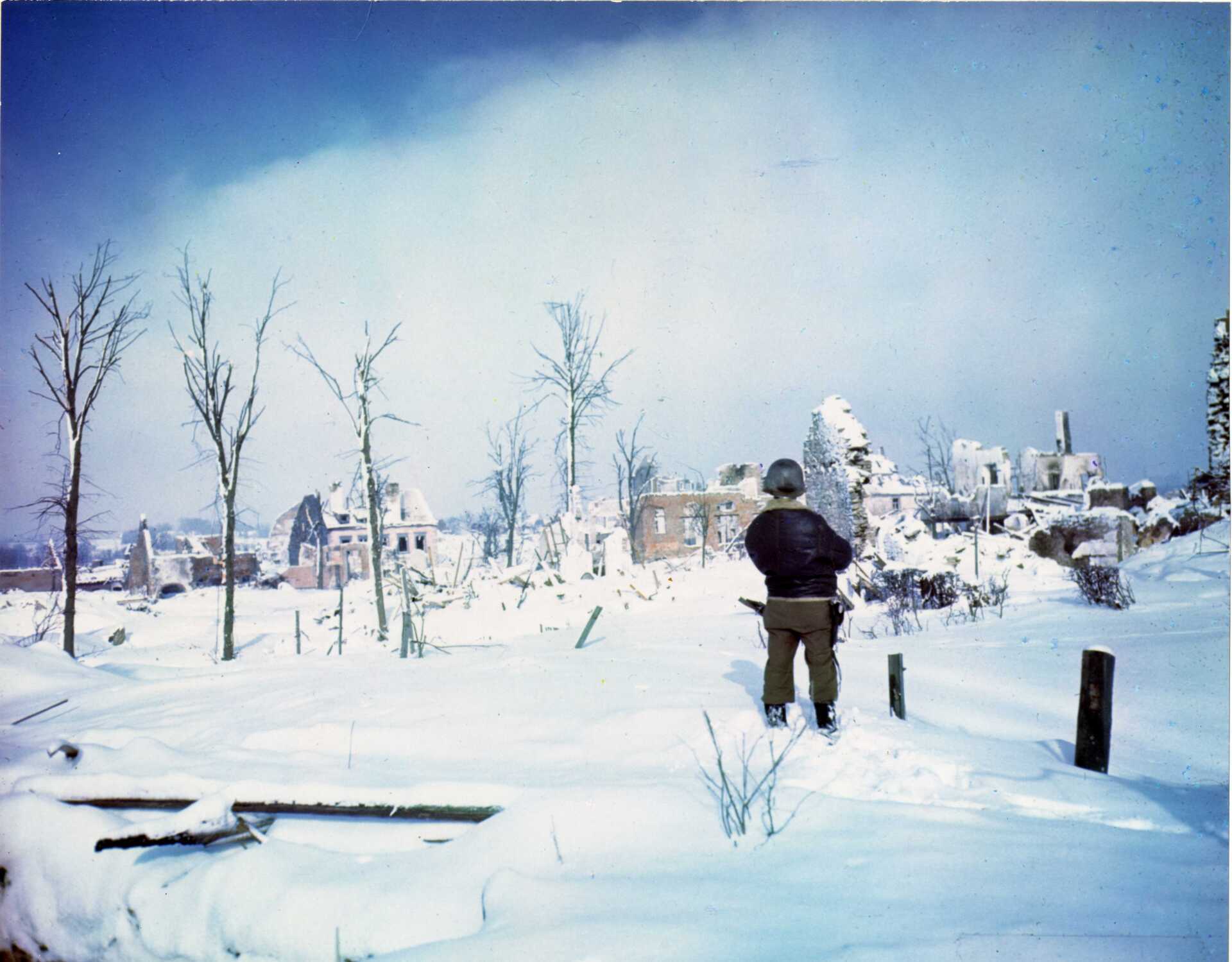WWII Then & Now: Airborne in Normandy
The 82nd and 101st Airborne Division on D-Day
The US Airborne Divisions in Normandy played a critical role on and after D-Day. The 82nd Airborne and 101st Airborne Division were to block approaches into the vicinity of the amphibious landing at Utah Beach, to capture causeway exits off the beaches, and to establish crossings over the Douve River at Carentan to assist the U.S. V Corps in merging the two U.S. beachheads.
In this episode we will be focusing on the American Airborne Forces that took part in Operation Overlord. We selected thirteen amazing airborne-related photographs that were taken in Normandy in 1944. Some of the photo's include members of Band of Brothers' Easy Company of the 506th Parachute Infantry Regiment.
A massive thanks to Florent Plana from World War II Veterans' Memories for helping to produce this video.
Airborne in Normandy Then & Now Photographs
